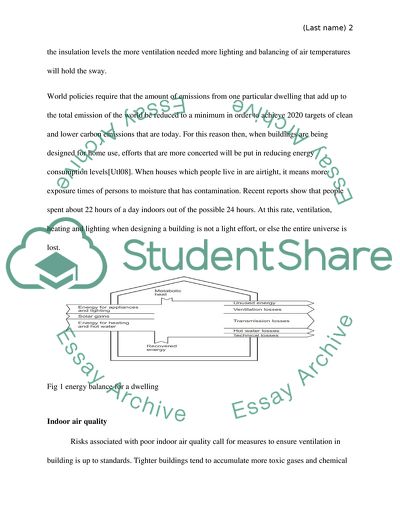Cite this document
(Electrical Lighting System for Dwelling Report Example | Topics and Well Written Essays - 2250 words, n.d.)
Electrical Lighting System for Dwelling Report Example | Topics and Well Written Essays - 2250 words. https://studentshare.org/architecture/1815683-technical-report
Electrical Lighting System for Dwelling Report Example | Topics and Well Written Essays - 2250 words. https://studentshare.org/architecture/1815683-technical-report
(Electrical Lighting System for Dwelling Report Example | Topics and Well Written Essays - 2250 Words)
Electrical Lighting System for Dwelling Report Example | Topics and Well Written Essays - 2250 Words. https://studentshare.org/architecture/1815683-technical-report.
Electrical Lighting System for Dwelling Report Example | Topics and Well Written Essays - 2250 Words. https://studentshare.org/architecture/1815683-technical-report.
“Electrical Lighting System for Dwelling Report Example | Topics and Well Written Essays - 2250 Words”. https://studentshare.org/architecture/1815683-technical-report.


